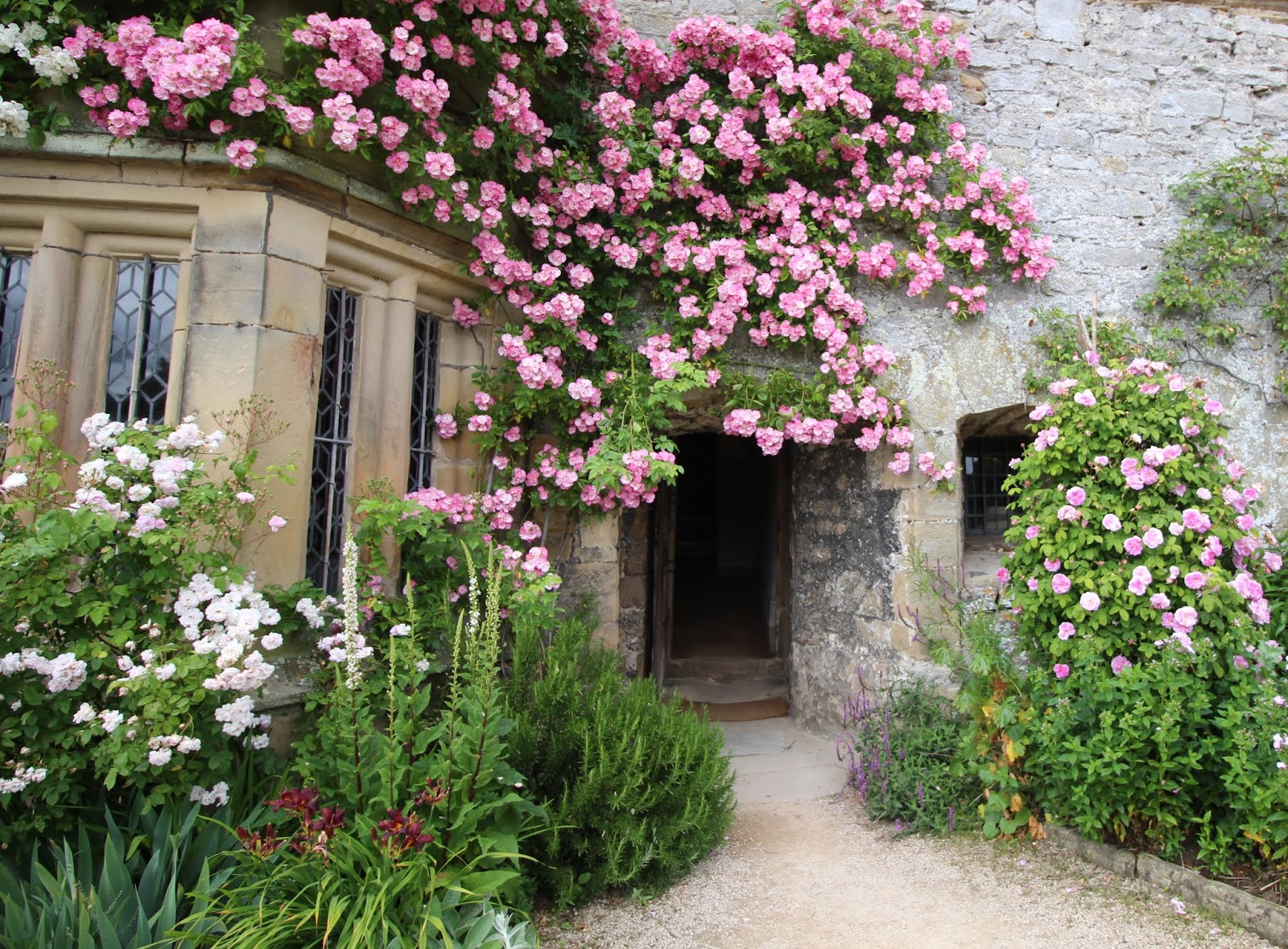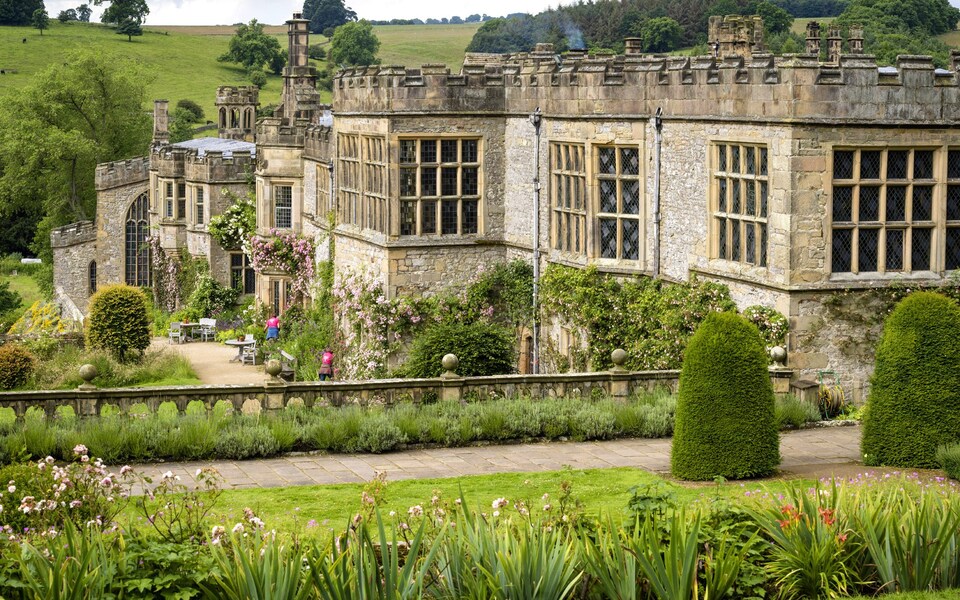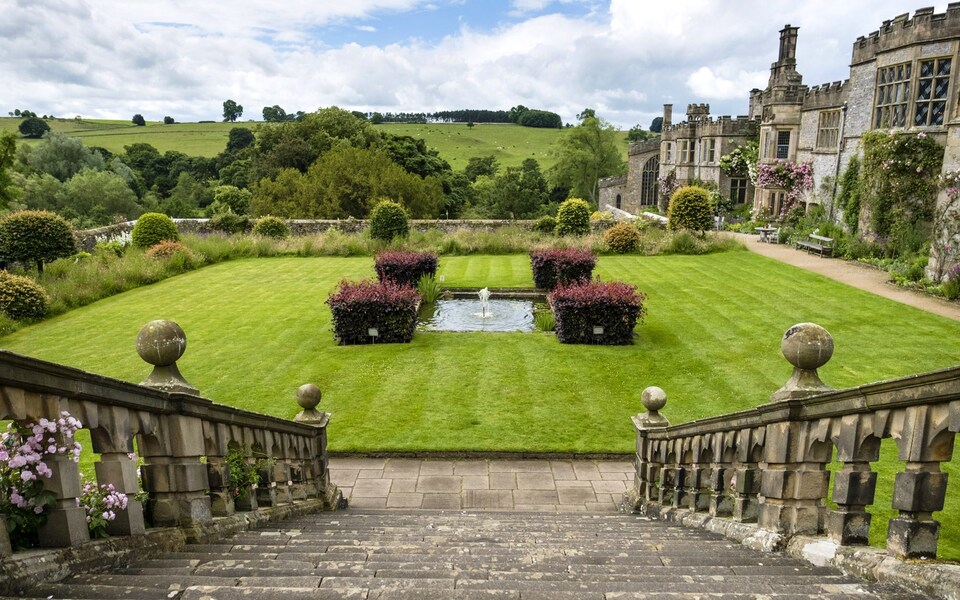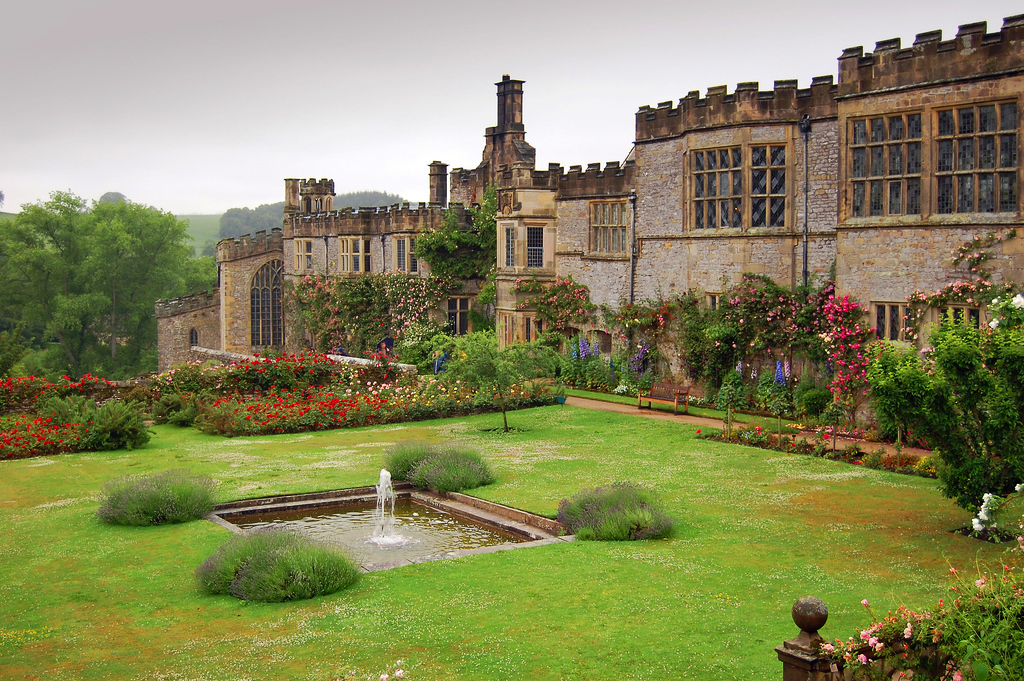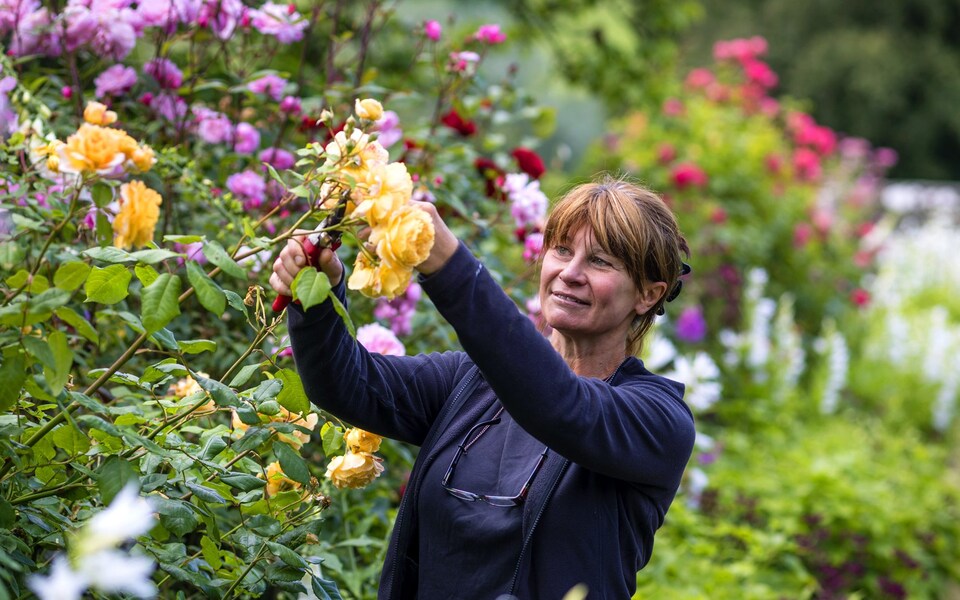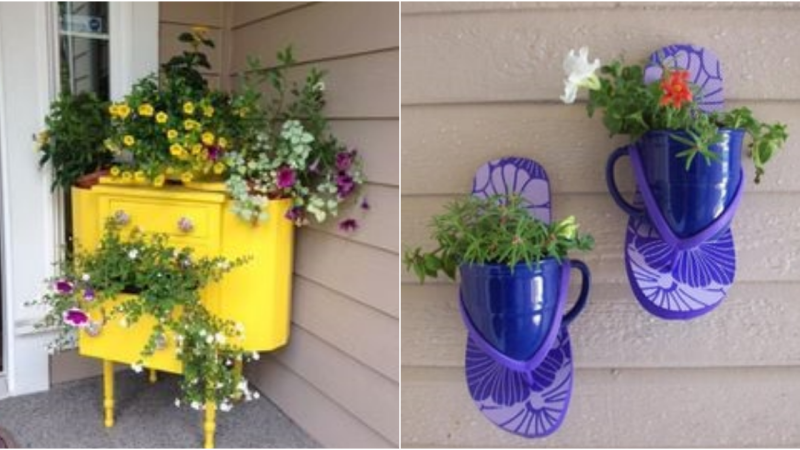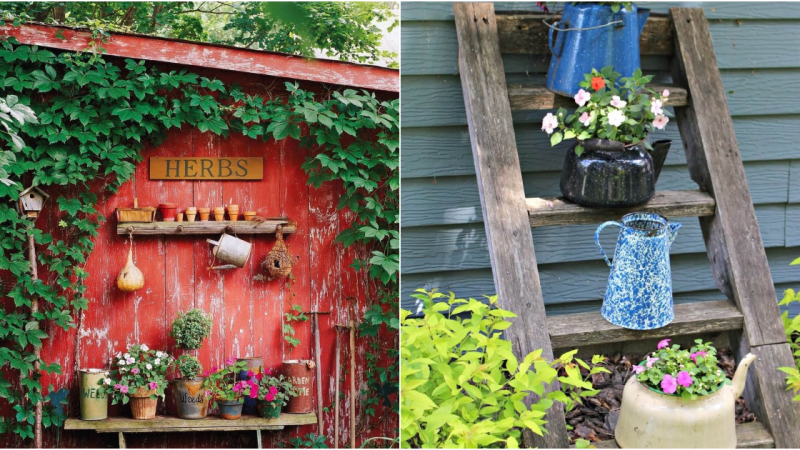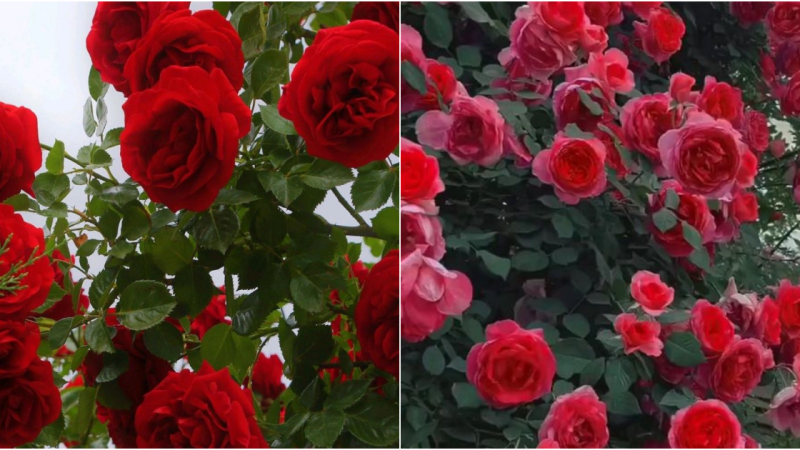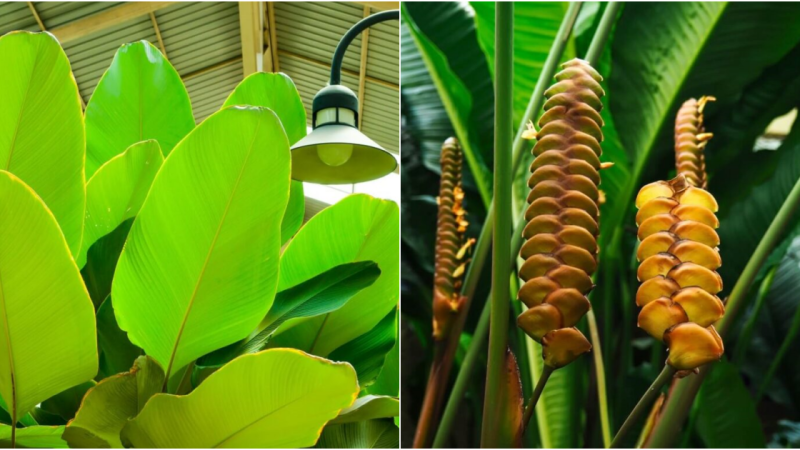The Timeless Charm of a Medieval Treasure – Helen Yemm on Haddon Hall
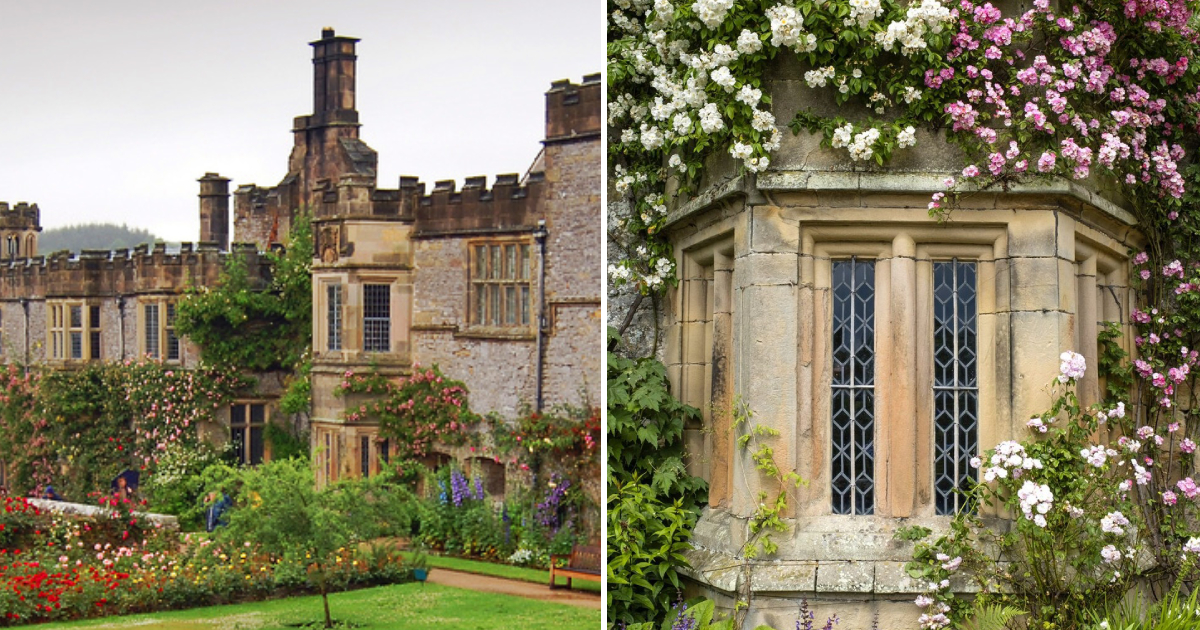
Even before I became a gardener, the name Haddon Hall held a familiar place in my mind. It was first introduced to me through a never-completed jigsaw puzzle, filled with maddening pieces of mullion windows and charming pink roses. Then came a delightful Minton “Haddon Hall” tea set for two, a wedding gift from my aunt. As I delved deeper into gardening, flipping through coffee-table books in the late Seventies, I encountered dusky photographs showcasing the mullion windows and rose-filled terraces of Haddon Hall. To my eager eyes, alongside Rosemary Verey’s Barnsley House laburnum walk, Haddon Hall epitomized the essence of a romantic English garden. Astonishingly, however, I had never managed to visit this enchanting place until this summer.
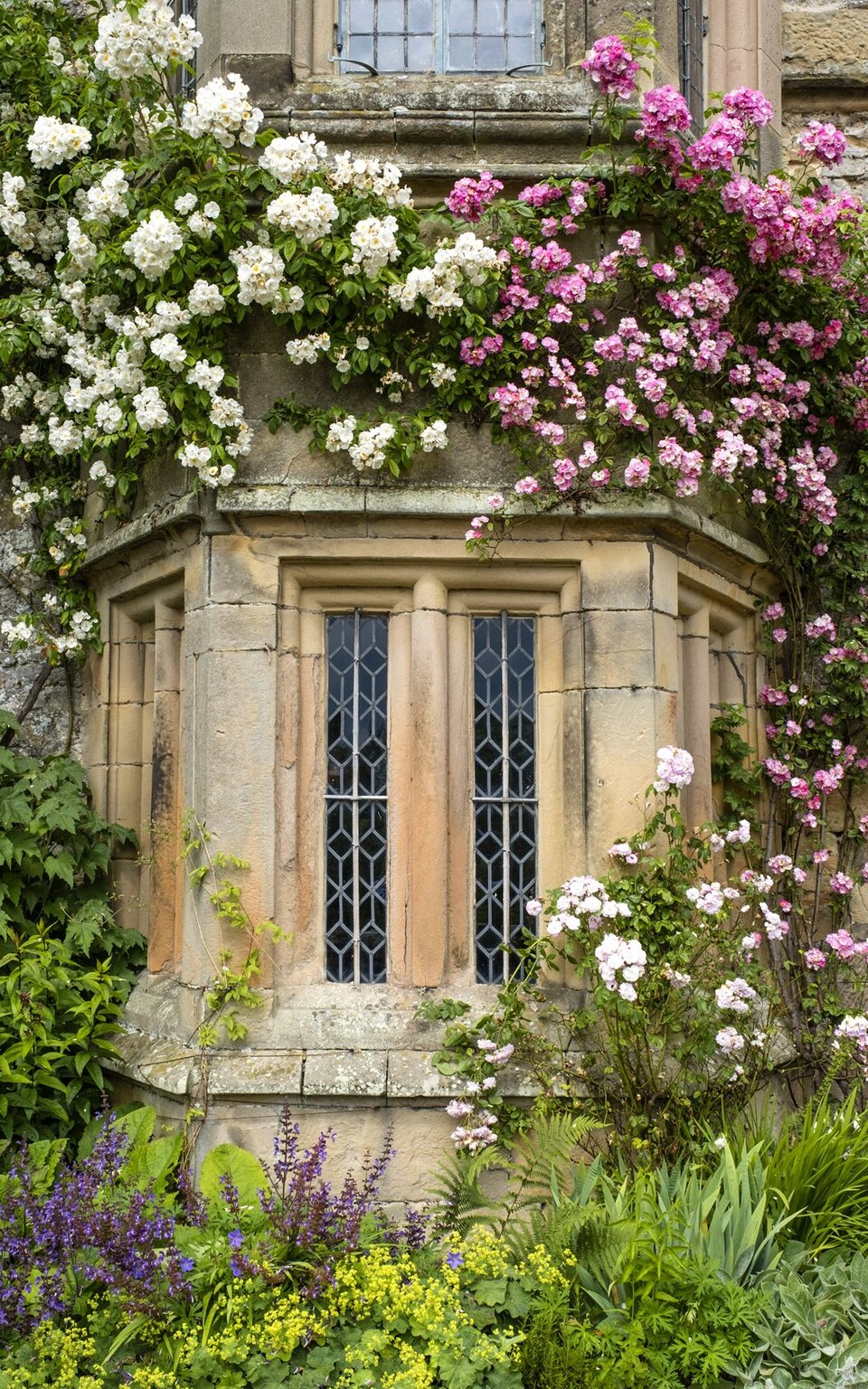
The opportunity finally presented itself when Lady Edward Manners, the chatelaine of Haddon Hall, extended an invitation to visit their summer Flowers exhibition. The exhibition celebrated and breathed life into the ancient and wondrous array of symbolic flower motifs adorning the walls, carved woodwork, and tapestries within the maze-like rooms of the hall. Running until the end of August, this exhibition coincided with the completion of a renovation and revival project undertaken by designer Arne Maynard over the past few years. Maynard’s work focused on the magnificent garden terraces, supported by towering buttress walls that have bloomed with flowers for centuries. These terraces are connected by sweeping steps still adorned with their original balustrades.
Dating back to the 12th century, Haddon Hall stands as one of the earliest examples in England where the garden and the main part of the house were intricately intertwined in the late 17th century. The original layout of the gardens remains intact. The expansive south-facing terraces, sheltered and overlooking the river Wye, were designed for leisurely strolls and offered captivating views from above, particularly from the hall’s Long Gallery. The gallery’s uniquely curved large leaded windows, composed of tiny diamond-shaped panes of Bombay glass—an extraordinary wonder at the time—cast an enchanting rippled effect resembling snakeskin when bathed in light.
Over the years, the gardens evolved under the care of successive owners, from the Vernons to the ennobled Manners family. However, the entire property fell into a state of neglect during the 18th and 19th centuries. It was Lord Edward Manners, the 19th Duke of Rutland and Lady Edward Manners’ grandfather, who spearheaded the restoration efforts in the 1920s. But it was Lady Edward Manners, with her background in archaeology and design, who truly breathed new life into the estate. She curated the flower exhibition within the house and provided me with a captivating tour of the ancient building, which she has wholeheartedly embraced since her marriage five years ago.
Despite its historical significance and frequent use as a backdrop for film and television productions, the house and garden exude a vibrant energy, as if they are personally cherished. An ancient room with a monastic simplicity is dramatically adorned—worthy of mention is an enormous yellow sofa, proudly identified as an original Zaha Hadid creation by its owner. Arne Maynard’s garden restoration shares a similar ambiance, blending ancient and historic elements with touches of minimalist modernity.
And now, let’s explore the garden itself. In the 1920s, the owners of Haddon Hall engaged in creative gardening endeavors, expressing their love for the place by planting and experimenting with garden styles befitting their time. In his book, “The Gardens of Arne Maynard,” the author describes
his approach of respectfully considering Haddon’s past glory and introducing period-appropriate plants, rather than meticulously recreating a historically accurate garden. Mindful of family sentiments, Maynard dedicated himself to removing elements that no longer felt appropriate, shedding the layers of the late 20th-century additions that appeared “municipal” or simply out of place—such as small paths and obstructive fruit trees.
Although the garden had been renowned for its roses since Elizabethan times, it was decided to remove the colorful rose beds that embodied a distinctly 20th-century aesthetic. Climbing roses that didn’t harmonize with the new, softer color palette were also removed from the walls. The former rose terrace now boasts a captivating knot garden, featuring the Elizabethan favorite, germander, as its edging. Lavender, rosemary, viola, geum, and campanula fill the spaces within. During my visit, each section of the knot garden showcased a magnificent single deep red lily, capturing attention and delight.
